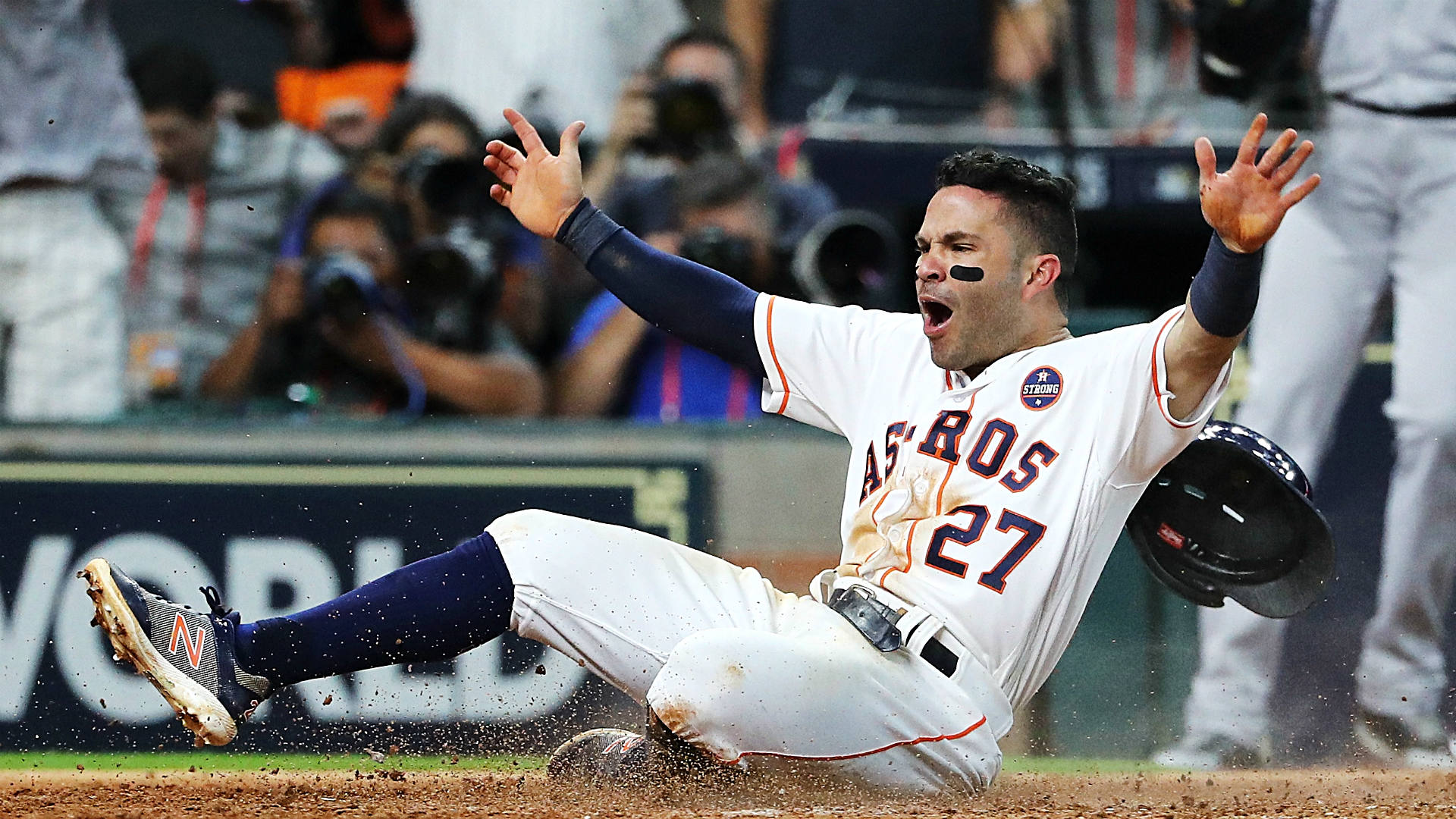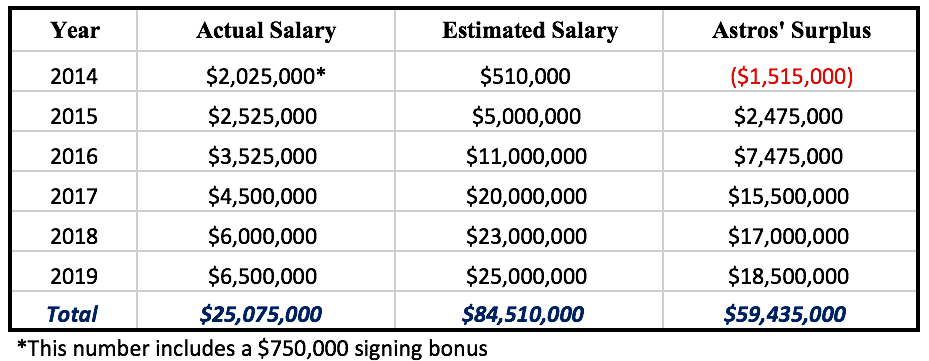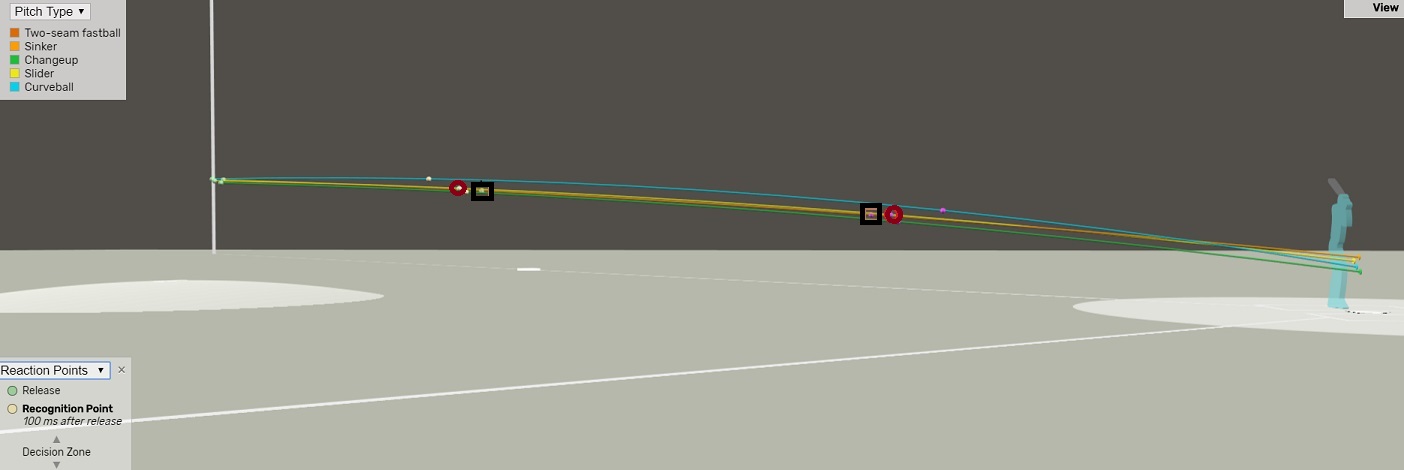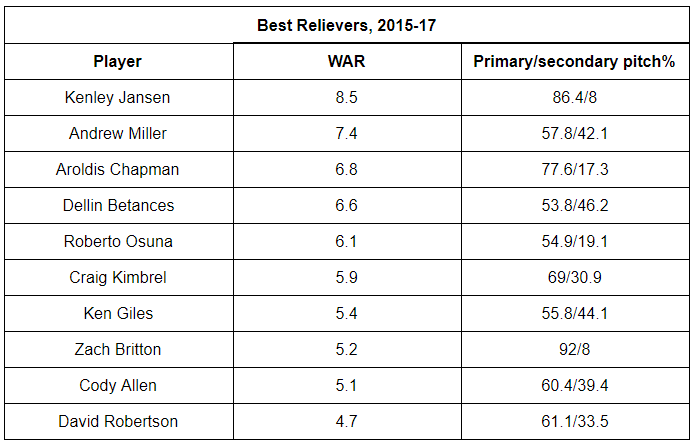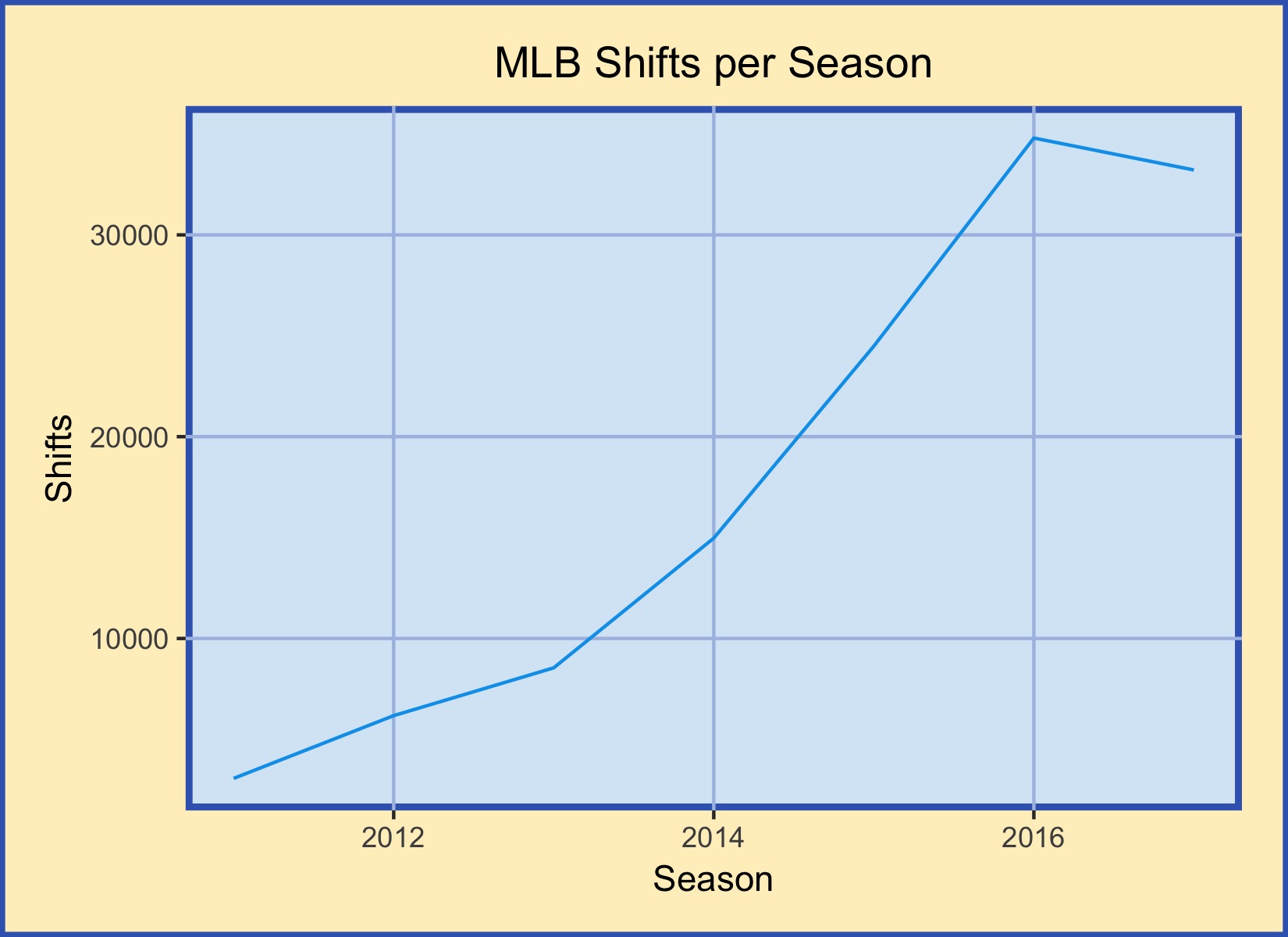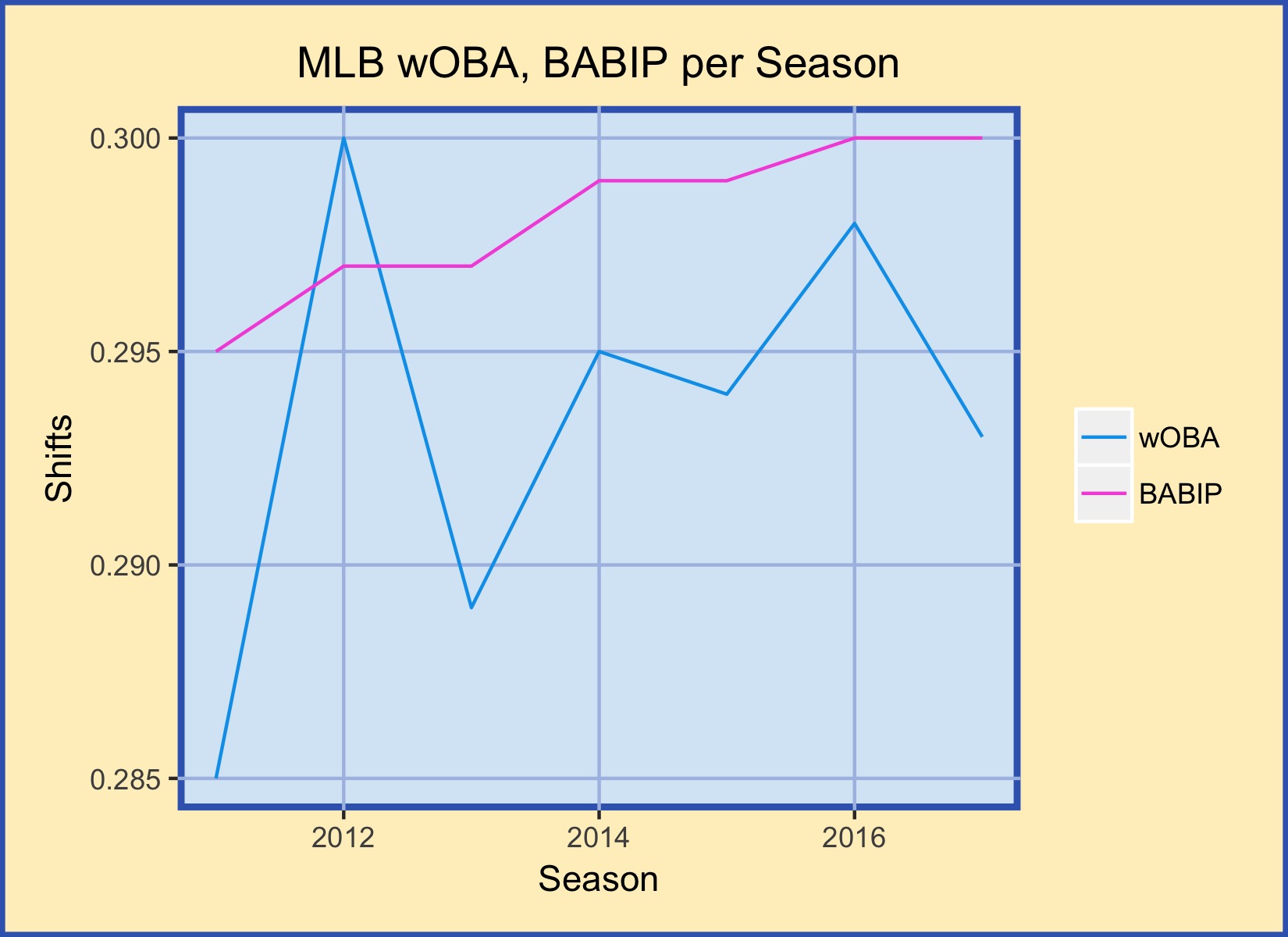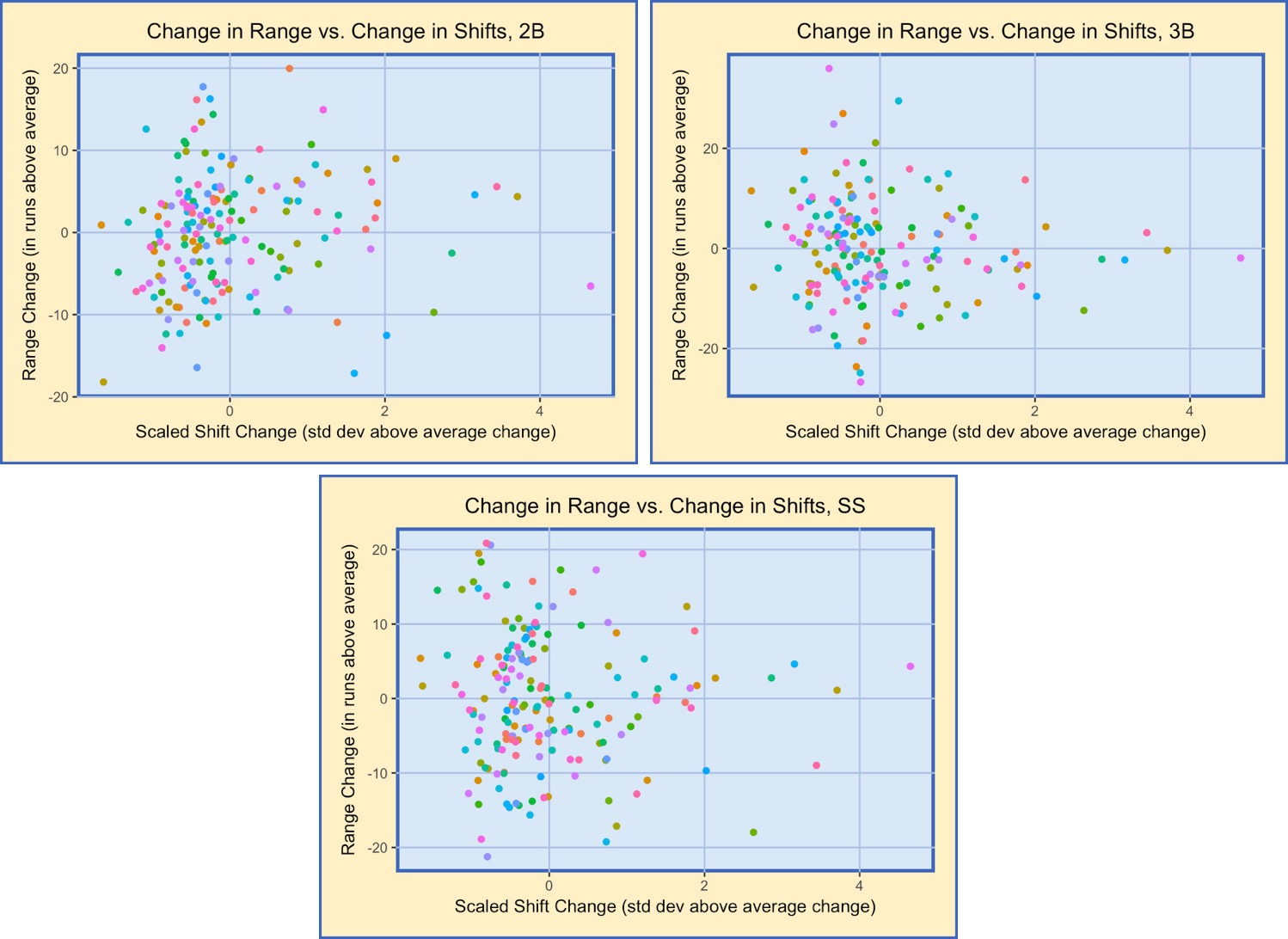A Second Look at a Team Full of Free Agents
At the beginning of February, Travis Sawchik wrote a piece about the viability of a team consisting entirely of unsigned free agents. I enjoyed the exercise as it underscored the extent to which players had been waiting to sign deals. Even that late in the year it was easy to field a competitive team, albeit an expensive one. Free agency is always considered to be more expensive than a homegrown team, hence the reason small market teams have to trade free agency bound players and retool, so it was no surprise that to create a decent team, the payroll had to be exorbitant. If you assume one WAR is worth $8-9 million dollars, then you would predict a 40 WAR team to cost over $300 million dollars in payroll. Sawchik’s team ended up costing $245 million dollars for the first year and was projected for 37.1 wins above replacement. While this was good for only $6.6 million dollars per WAR, it would still be the most expensive team in baseball and have to fight to stay in the wild-card race.
At the time I thought this was a good reminder of why the offseason was so slow; it just didn’t make sense for teams to meet players contract demands when it was so inefficient. In the following weeks though, players started signing at a faster rate, and again and again, I was taken aback by how little they were receiving. The $4 million dollar contract for Neil Walker was the most surprising of all for me. With seven straight seasons of at least 2 WAR and no qualifying offer, it seemed obvious to me that he deserved considerably more this. If you were to plug one year of Neil Walker into the surplus value calculators that Dave Cameron used to commonly employ, it estimates that Walker has $16 million in value for 2018, this is nowhere near what he ended up receiving.
Because of this, I decided to do a different spin on Sawchik’s team building exercise, using the contracts players actually signed, as opposed to projected contracts. Here is the team I came up with:
Team of Signed Free Agents
| Batters | Position | WAR DC Proj. | $/Year (mil) | Years | Total $ (mil) | $/WAR (mil) | QO |
| Lucroy | C | 2.9 | $6.5 | 1 | $6.5 | $2.2 | |
| Duda | 1B | 1.7 | $3.5 | 3 | $10.5 | $2.1 | |
| Walker | 2B | 2.6 | $4.0 | 1 | $4.0 | $1.5 | |
| Moustakas | 3B | 2.7 | $6.5 | 1 | $6.5 | $2.4 | Y |
| Cozart | SS | 3.4 | $12.7 | 3 | $38.0 | $3.7 | |
| Gomez | LF | 1.4 | $4.0 | 1 | $4.0 | $2.9 | |
| Cain | CF | 3 | $16.0 | 5 | $80.0 | $5.3 | Y |
| Martinez | RF | 3.4 | $22.5 | 5 | $112.5 | $6.6 | |
| Alonso | DH | 1.8 | $8.0 | 2 | $16.0 | $4.4 | |
| Avila | C | 1.2 | $4.2 | 2 | $8.3 | $3.5 | |
| Nunez | UT | 1.3 | $4.0 | 2 | $8.0 | $3.1 | |
| Rasmus | OF | 1.2 | $0.5 | 1 | $0.5 | $0.4 | |
| Pitchers | Position | WAR DC Proj. | $/Year (mil) | Years | Total $ (mil) | $/WAR (mil) | QO |
| Darvish | SP | 4.2 | $21.0 | 6 | $126.0 | $5.0 | |
| Cobb* | SP | 2 | $12.0 | 4 | $48.0 | $6.0 | Y |
| Minor | SP | 1.9 | $9.3 | 3 | $27.9 | $4.9 | |
| Sabathia | SP | 1.6 | $10.0 | 1 | $10.0 | $6.3 | |
| Vargas | SP | 1.5 | $8.0 | 2 | $16.0 | $5.3 | |
| Swarzack | RP | 1.2 | $7.0 | 2 | $14.0 | $5.8 | |
| Gregerson | RP | 1.1 | $5.5 | 2 | $11.0 | $5.0 | |
| Hernandez | RP | 0.7 | $2.5 | 2 | $5.0 | $3.6 | |
| Petit | RP | 0.5 | $5.0 | 2 | $10.0 | $10.0 | |
| Albers | RP | 0.4 | $2.5 | 2 | $5.0 | $6.3 | |
| Watson | RP | 0.4 | $3.5 | 2 | $7.0 | $8.8 | |
| Benoit | RP | 0.1 | $1.0 | 1 | $1.0 | $10.0 | |
| Liriano | RP/SP | 1.2 | $4.0 | 1 | $4.0 | $3.3 | |
| Total | 43.4 | $183.6 | 57 | $579.7 | $4.2 | ||
| *MLB trade rumors projection
DC Proj. are the Fangraphs depth chart projections QO is whether or not the player had a qualifying offer attached |
|||||||
As you can see, the result of this team is much more successful than the team using projected contracts. I managed to stay under the luxury tax threshold ($197 million minus $13 million projected for player benefits) while creating a team that would be eighth in major league baseball in projected WAR just ahead of the Cardinals and behind the Nationals. Think about that, a team with no prospects, no homegrown players, and no assets to trade from could create a competitive baseball team from scratch through one year of free agency. And the team isn’t completely sacrificing its future either, as only four of the contracts are for more than three years. I can’t stress enough how surprising this is.
Instead of showing that free agency is completely inefficient for teams, this shows how easy it would be for a team to be projected for a playoff spot in the year’s offseason. Adding even a couple homegrown players, which every team has would boost this team into the ranks of other division leaders. So why is this the case? How was an entire team of free agents created for $4.2 million dollars per projected WAR? What happened to the accepted value of $8-9 million dollars per WAR?
I found both of these questions kind of perplexing since I could not find a good reason why the price of a win had dropped so quickly, but I decided to compare some of the most surprising contracts with similar players who were traded, and what the return was. All of the following free agents received considerably less than expected salaries based on their projected WAR and the following traded players were traded this offseason and have played a similar position and projection to the selected free agents.
Selection of Signed Free Agents
| Name | Age | WAR DC proj. | Contract |
| Mike Moustakas | 29 | 2.7 | 1yr/6.5 mil (QO) |
| Todd Frazier | 32 | 2.5 | 2yr/17 mil |
| Neil Walker | 32 | 1.9 | 1yr/4 mil |
| Carlos Gomez | 32 | 1.4 | 1yr/4 mil |
| Jonathan Lucroy | 32 | 2.9 | 1yr/6.5 mil |
Selection of Traded Players
| Name | Age | WAR DC proj. | Contract | Return |
| Evan Longoria | 32 | 2.8 | 5yr/68 mil + option | Christian Arroyo (81 on MLB Pipeline), 2 other prospects, Denard Span (1yr/9 mil + option) |
| Dee Gordon | 29 | 1.9 | 3yr/37 mil | 2 prospects (both top 20 in Marlins system) |
| Yangervis Solarte | 30 | 0.9 | 1yr/4.1 mil + options (5.5 and 8 mil) | Edward Olivares (top 20 in Padres system), 1 other prospect |
|
||||
While these are only specific examples, all three comparisons, between Longoria and Moustakas or Fraizer, between Gordon and Gomez, and between Walker and Solarte, show a higher value placed on traded players than on free agent ones. Even with Longoria’s $68 million owed, he still returned three prospects in a trade. The Rays did take on Denard Span’s contract, but this salary dump was made up for by Arroyo alone, who is worth $20.2 million according to the Updated Version of MLB Prospect Surplus Values. Despite this, Moustakas received a tenth of the guaranteed money, and Frazier, who didn’t have a qualifying offer, a quarter of Longoria’s contract. So while Longoria had surplus value in a trade to the Giants, Frazier, and Moustakas, whose projections are very close to Longoria’s, couldn’t get anything close to his contract.
Similar situations occur with the other two comparisons. Dee Gordon was worth two prospects in surplus value, but Carlos Gomez, who is only projected to be a half-win worse, couldn’t even get 15% of Gordon’s guaranteed money. Also, the Blue Jays traded two prospects for Solarte this winter, even though he is making slightly more money than Neil Walker, and is projected to be only half as valuable. These both seem to be huge gaps between the value on the trade market, and value on the free agent market.
Then there is Jonathan Lucroy. While there were no significant catcher trades this offseason, comparing Lucroy’s Fangraphs projection to his contract is absurd.He has the fourth highest projected WAR for catchers in all of baseball, meaning that 27 teams could have upgraded by signing him, and yet he received $6.5 million. Granted, this projection seems high, but it’s easy to forget that two years ago he was a 4.6 win player. It seems to me that he would be worth much more than $6.5 million.
It is hard to know what all of this means. Do our WAR models overestimate mid-level talent? Do teams have projections very different from what is in the public sphere? Does it really have a lot to do with what teams think they can do with a player as opposed to their present value as was brought in a recent piece by Jeff Sullivan? Was the $8-9 million per win phase really just a contract bubble that has burst? While it is true that the gap in value between trade candidates and free agents is what you would expect if there were to be collusion from general managers, I think there is little other evidence of that, but it is still confusing why some player values seem to have dropped so quickly when compared to previous markets. I feel like I have brought up more questions than I have answered, but one thing is clear to me. If the trends from this offseason continue, looking to free agency for mid-level players will be much more efficient than it once was for teams. It seems unlikely that contracts for these types of players stay this low, however, since as any economics textbook can tell you, demand drives the price up. I would guess that plenty of teams will once again realize the value of Neil Walker for $4 million a year in the coming weeks, months and years ahead.
